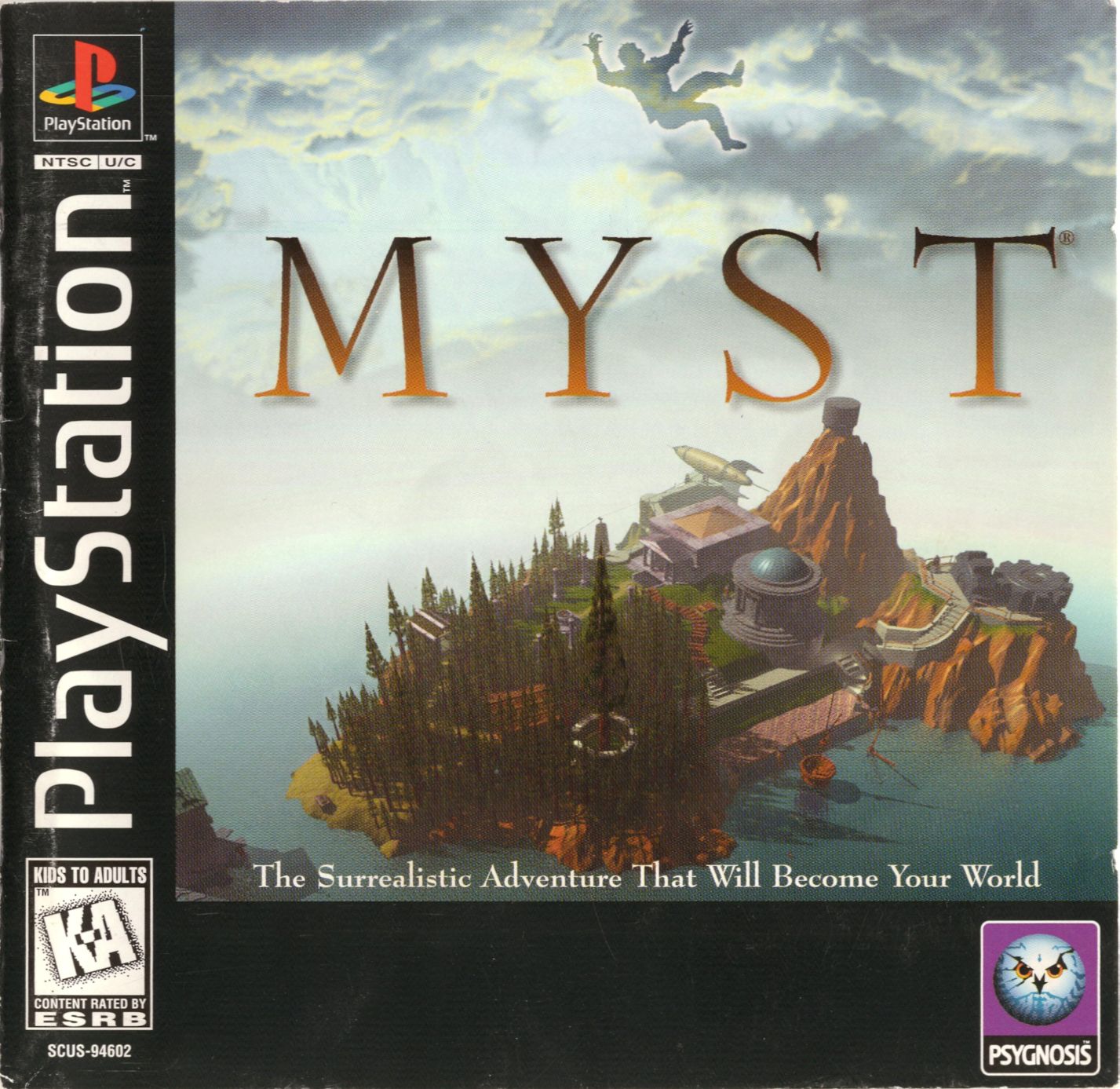

He attempted to find one on eBay but they were pretty expensive - and in pretty rough shape. His friend is a huge fan of the Myst franchise which made the decision easy - why not make a Myst Linking Book?Īfter doing some research he discovered that the book in the game footage was a Harper’s New Monthly Magazine, Volume LIV, Issue 312 from 1877. was looking for a special gift to make for his close friend. says it took countless hours to design, at least five different versions before he found one that worked.Ĭontinue reading “The Ultimate Puzzle Desk - MYST Eat Your Heart Out” → Posted in Misc Hacks, Slider Tagged Myst, organ desk, pipe organ desk, puzzle desk, puzzle furniture Sure, it’d be easy to do that with an Arduino or something… but the pneumatic memory board is made of wood. All you need is a trap door over an abyss and you’ve recreated The Goonies. When the correct tune is played, it triggers a pendulum which releases a secret compartment. But some of the air is redirected into a pneumatic memory board - which can actually keep track of the notes you play. The pipe organ aspect works by pushing in little drawers - this forces air into organ pipes at the front of the desk. It has a pipe organ inside, and you can open a secret compartment by playing a specific tune.īesides being an absolute marvel of woodworking, the hidden mechanics inside this desk make our heads hurt. Created by, this desk would fit right at home inside the MYST games. This project is absolutely mind boggling. But we have to admit that building 25-segment LED displays for the alphabet of a fictional interstellar species sets the bar pretty high.Ĭontinue reading “Clock Uses Custom LED Displays To Keep Myst Time” → Posted in clock hacks, LED Hacks Tagged clock, ESP8266, LED display, Myst, ntp Rather than putting a temperature controlled oscillator on the board, has decided to pin his accuracy on a constantly on Internet connection and aggressive synchronizations.įrom impressive curved bar graph modules to displays segmented with household items, we’ve seen our fair share of custom indicators.

It uses a WeMos D1 Mini to connect to the WiFi network and pull the current time down from the geographically closest NTP server every couple of hours. The acrylic front panel and a couple of cardboard “gaskets” to keep the light from leaking onto adjacent segments is then stacked on top of a PCB with corresponding 0603 SMD LEDs.īeyond the soul-crushing number of wires required to hook everything up internally, the rest of the project is relatively straightforward. Getting the mix right can be a little finicky as the plaster can clump up, but the end result diffuses the light nicely. To create them, cut the face out of black acrylic with a laser, and filled each void with a mixture of clear resin and very fine gypsum plaster. Let’s instead jump right to the part that really gets us excited, those custom displays. Presumably you’ll then come back here and leave your comment in Klingon.
MYST TRAIN PUZZLE HOW TO
If you’re interested enough you can click on through to the project’s Hackaday.io page and learn how to actually read the clock. We’ll spare you the in-depth description of the base-25 number system apparently used in the Myst franchise. As for which of those camps creator most identifies with, we can’t say. The hardware hackers will lean a little closer to their screen because it does so with custom made 25-segment LEDs, and the precision obsessed will start breathing heavily when they hear it maintains an accuracy of 0.001 seconds. The Myst fans in the audience will love this project because it displays the 25-hour timekeeping system of the D’ni. While one is there, one can also check out ’s ‘Another World’ port to the Apple II which we covered last year.Ĭontinue reading “Myst ‘Demake’ For The Apple II” → Posted in Games, Retrocomputing Tagged apple II, games, Myst On the project page the (currently) three floppy disks can be downloaded, with the source available on Github. If a Mockingboard sound card is installed, it will even play the intro theme. According to, the game should run on any Apple II/II+/IIe, with at least 48 kB of RAM, but 64 kB needed for sound effects. For anyone who has ever played the game before, much of the visuals will be instantly recognizable. Obviously the graphical fidelity has been turned down some compared to the 1990s version, but at this stage much of the game’s levels have been implemented.
MYST TRAIN PUZZLE WINDOWS
This means taking a game that was released in 1993 for MacOS and later for Windows 3.1 and the original PlayStation, and creating a version that works on an 8-bit system from 1977. His latest creation involves porting Myst to the Apple II, or ‘demake’ in his own words. Making certain games run on systems which were never designed to run such games (or any games at all) is a favorite hobby of some, with being no exception.


 0 kommentar(er)
0 kommentar(er)
